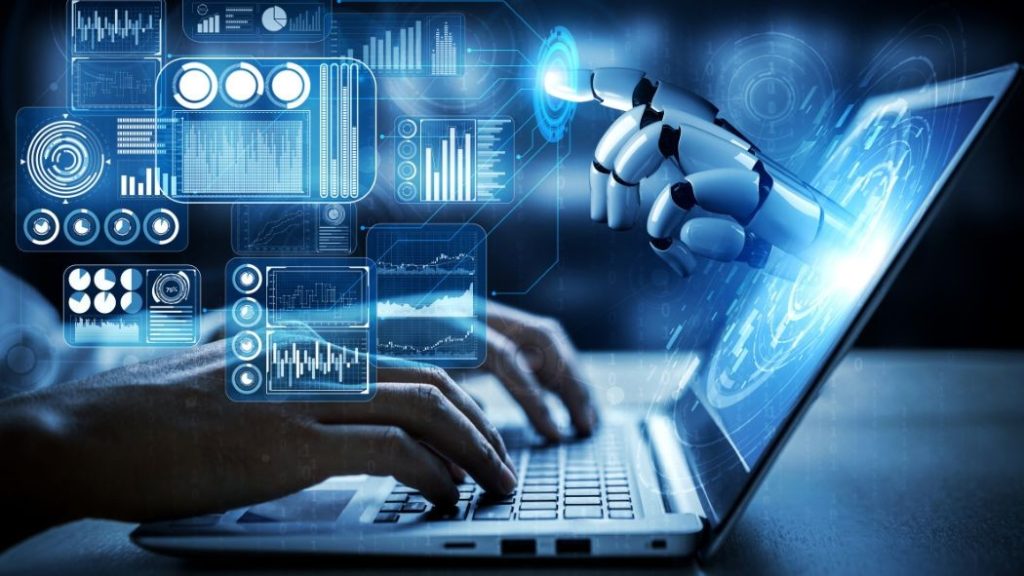In the modern fast-moving digital space, businesspeople, educators, and content developers are all on the lookout for ways to ease their workflow process while increasing quality. Probably among the most transformative technologies in the last years is artificial intelligence-or AI for short. From automating mundane tasks to the creation of high-quality content, AI is rapidly shifting how we conceive of and develop digital presentations.
The Extending Role of AI in Presentation Design
The process of creating a persuasive presentation has been very long, including both creativity and technical skills. However, AI-driven tools are changing the game with intelligent design suggestions, automated formatting, and even the creation of whole presentations from minimal input.
By integrating AI for presentation creation, it would allow users to input their ideas and let the AI create slides containing relevant content, appropriate layouts, and visually appealing elements. Not only does this save time, but it will also make sure that everything looks professional and polished, even for the design-illiterate.
Enhancing Creativity with AI
The same critics argue that AI is going to stifle creativity; in reality, it does the opposite. With the ability to handle mundane design tasks, AI frees the user to focus on storytelling and clarity of message. AI-powered platforms analyze the content and make intelligent suggestions for images, animations, and fonts that boost engagement and maintain brand consistency.
Besides, AI-powered tools allow users to be able to produce data-driven presentations with the capabilities of automatically charting and making infographics out of raw data. This becomes important for companies and professionals showing complex information in easily readable form.
Personalization and Audience Engagement
AI enables the creation of more personalized and engaging presentations because it can analyze audience preferences and behaviors. Advanced AI algorithms may even offer suggestions on modifications to the content with respect to the target audience to which the presentation will be given.
For instance, AI can analyze past engagement metrics and recommend changes to slide order, text emphasis, or even tone to maximize impact. This level of personalization helps presenters deliver more effective and compelling messages.
The Efficiency Factor
Another key benefit that AI-driven presentation tools have over their conventional peers is efficiency. Conventional presentations take a number of hours, if not days, to construct. AI drastically cuts down on this time through automation in building slides, optimal text layout suggestions, and other design element recommendations.
This becomes helpful when there is not enough time for preparation, as can often be expected of professionals. AI gets rid of last-minute stress with regard to design and allows users to concentrate on presenting with confidence.
The Future of AI in Presentation Creation
With continuous development in AI technologies, features included in presentation software will be increasingly sophisticated. This could include voice-assisted designing, real-time analysis of audience feedback, and AI-driven interactive presentations that understand and adapt to live reactions.
This is only just a beginning in integrating AI into the creation of digital content, and it is literally endless. Truly, a business leader, educator, or any developer of content who wants to introduce AI in developing presentations can have better workflow, engagement with their audience, and high-quality output.
In a world where digital is king, AI is fast becoming indispensable for any kind of impactful presentation creation that needs to be efficient and effective.



